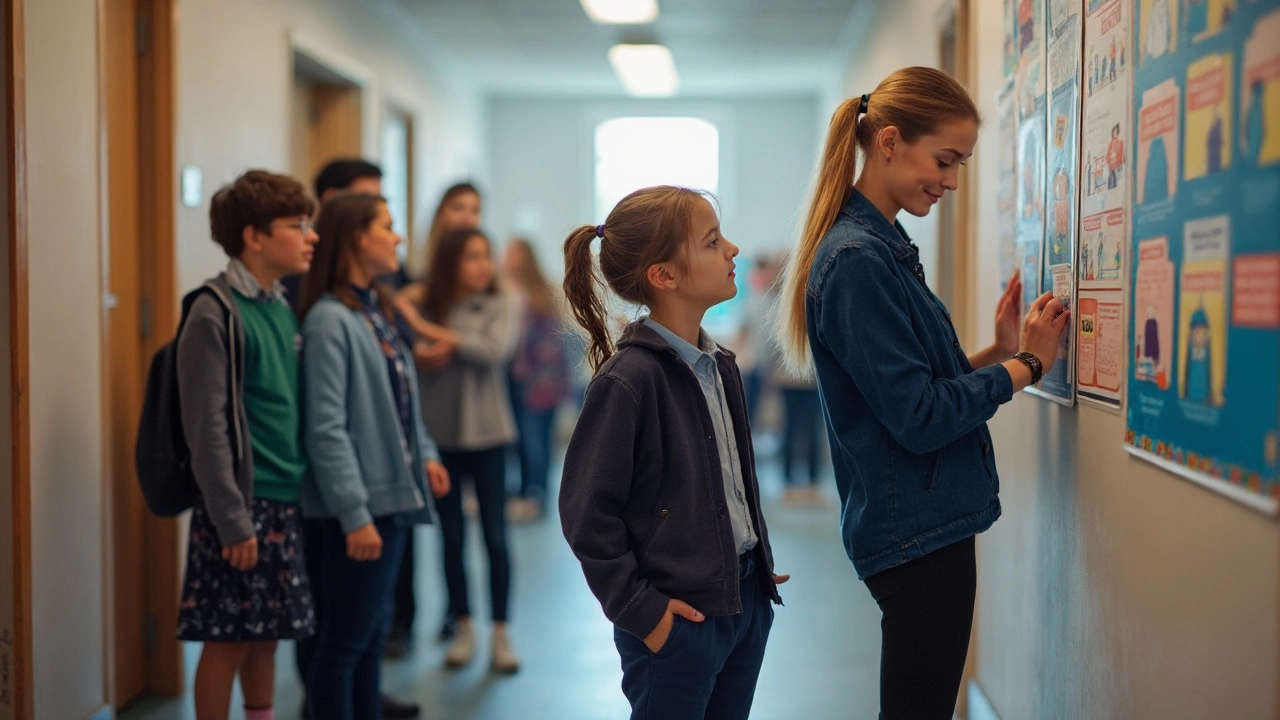Student Clothing Rules – What Every Student Needs to Know
When you walk into a classroom, the first thing you notice is what students are wearing. Clothes aren’t just about style; they affect safety, comfort, and how well a student can focus. That’s why clear student clothing rules matter for schools, parents, and pupils alike.
Why Clear Clothing Rules Matter
First, safety. Loose scarves, long cords, or skirts that get caught in equipment can become hazards, especially in labs or workshops. Many schools already list "no dangling accessories" for that reason. Second, consistency. A simple dress‑code helps teachers spot out‑of‑place items quickly, so they can keep the day running smoothly. Finally, fairness. When everyone knows the rules, there’s less room for confusion or accusations of favoritism.
Most schools split their guidelines into three parts: everyday wear, specialised activities, and protective gear. Everyday wear covers basics like acceptable length of shorts, logo size, or colour restrictions. For specialised activities—think art, sport, or science labs—rules get stricter: closed‑toe shoes, short sleeves, or fire‑retardant fabrics become mandatory.
Practical Tips for Students and Schools
1. Keep it Simple. Write the rules in plain English. Instead of "students shall refrain from wearing garments that could present a tripping hazard," say "no long cords or loose scarves."
2. Show, Don’t Just Tell. Post photos of “good” and “bad” examples on a bulletin board or school website. Visuals remove guesswork and help younger kids understand quickly.
3. Involve Students. Ask a small group of students to review the draft rules. They’ll point out anything that feels odd or unnecessary, and they’ll be more likely to follow rules they helped shape.
4. Highlight Safety Gear. If a class uses chemicals or tools, make sure the dress code mentions lab coats, goggles, and gloves. Link these items to the PPE Lessons portal so students can learn why each piece is needed.
5. Allow Flexibility for Weather. Provide clear alternatives for rainy or cold days—like waterproof jackets that meet the same safety standards as regular uniforms.
For parents, a quick checklist can be a lifesaver:
- Check skirt or shorts length: should reach the knee or be slightly above.
- Make sure shoes have sturdy soles and closed toes.
- Remove any accessories that could get caught: long necklaces, belt loops with chains.
- Confirm any sports or lab gear meets the school’s safety specs.
For teachers, the best practice is to check the dress code at the start of the day, but keep it low‑key. If a student’s hoodie is too long, a simple "please tuck it in" works better than a public reprimand.
Remember, the goal isn’t to police fashion—it's to keep everyone safe and focused. When rules are clear, reasonable, and communicated well, students can concentrate on learning instead of worrying about what’s allowed.
Got a question about a specific item, like whether a certain logo is okay? Reach out to your school’s administration or check the PPE Lessons tag for "student clothing rules" – you’ll find FAQs and real‑world examples that clear up most doubts.






